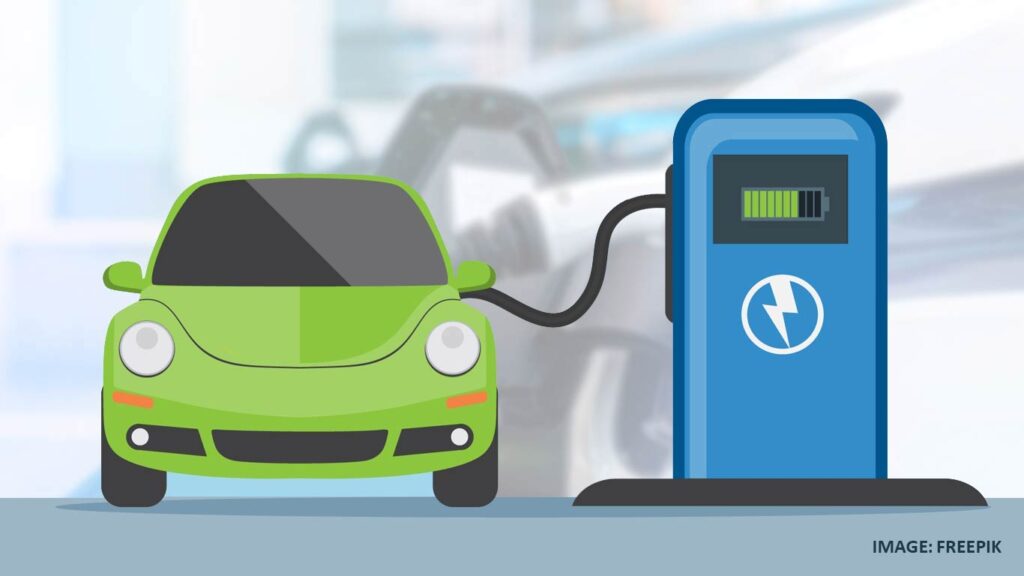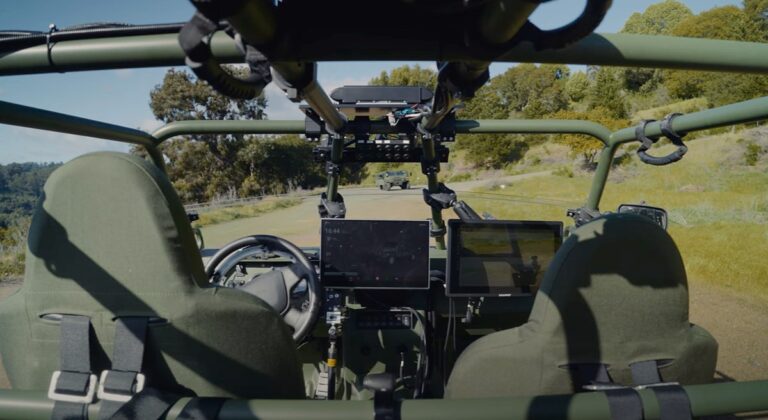New Delhi, April 8 (KNN) The Ministry of Electronics and Information Technology (MeitY) has formalised several key technology transfer agreements aimed at commercialising innovations developed under the National Mission on Power Electronics Technology (NaMPET).
The announcement was made by MeitY Secretary S. Krishnan during a ceremony held at Electronics Niketan in New Delhi, where he emphasised the importance of developing indigenous technology capabilities in power electronics.
The event highlighted multiple technologies that have been developed with MeitY support through the NaMPET program, all of which have undergone rigorous development, deployment, testing, and certification processes to prepare them for commercial applications.
These agreements represent significant progress in India’s power electronics sector and demonstrate successful collaboration between government, research institutions, and industry partners.
A notable achievement celebrated at the event was the transfer of indigenous 1.5 kW Wireless Charger technology to Global Business Solution Pvt. Ltd.
This technology, jointly developed by C-DAC (T) and VNIT Nagpur, operates on standard 230V, 50Hz AC single-phase supply and can charge a 4.8kWh onboard battery pack at 48V with 30A current in approximately three hours.
The system achieves a maximum efficiency of 89.4 percent with coil separation ranging from 7.5 to 12.5 cm, utilising Silicon Carbide-based MOSFETs operating at 88kHz, and incorporates essential safety features including short-circuit and open-circuit protection.
A Memorandum of Agreement (MoA) was also signed between C-DAC, Chittaranjan Locomotive Works (CLW), and industry partners to develop an indigenous propulsion system for electric locomotives.
This collaboration represents a transformative step in India’s rail electrification efforts, supporting Indian Railways’ goal of complete electrification by 2030.
The proposed system integrates high-power 2.5 MVA Traction Converters, 130 kVA Auxiliary Converters, and an advanced Train Control and Management System, designed to enhance performance, reliability, and operational flexibility in modern locomotives.
The industrial partners involved in this railway propulsion initiative include Daulat Ram Engineering Services Pvt Ltd (Bhopal), JMV LPS Ltd (Noida), and Electro-waves Electronics Pvt Ltd (Himachal Pradesh).
These organisations will contribute crucial expertise in testing, product engineering, and prototype deployment, ensuring successful field validation by Indian Railways and facilitating structured industry adoption and commercial implementation.
Additionally, a Memorandum of Understanding (MoU) was signed between C-DAC and the Kerala Development and Innovation Strategic Council (K-DISC) for the deployment of green and sustainable grid solutions.
Central to this agreement is the implementation of 48V Low Voltage Direct Current (LVDC) system technology developed by C-DAC under the NaMPET program. K-DISC has already implemented this system at its headquarters, making it the first administrative building in Kerala powered by 48V DC.
The technology is expected to deliver 20-30 percent energy savings, contributing to Kerala’s Carbon Neutrality Roadmap 2050 and supporting India’s broader Net Zero 2070 vision.
The signing ceremony was attended by dignitaries from various government departments and agencies, including representatives from the Ministry of Power, Ministry of New and Renewable Energy, NITI Aayog, Ministry of Railways, and industry representatives from sectors including EV chargers, smart metering, rail propulsion, and renewable energy.
The NaMPET program, implemented by the Centre for Development of Advanced Computing (C-DAC) in Thiruvananthapuram as the nodal agency, operates as a mission-mode initiative involving research, development, deployment, demonstration, and commercialisation of power electronics technologies.
The program focuses on multiple strategic areas including microgrids for remote villages, green energy for community buildings, e-mobility ecosystem development, smart power quality centers for distribution grids, high-voltage power electronics applications in food processing, agriculture, industry, and healthcare, as well as technology marketing and startup promotion.
(KNN Bureau)
















